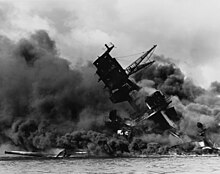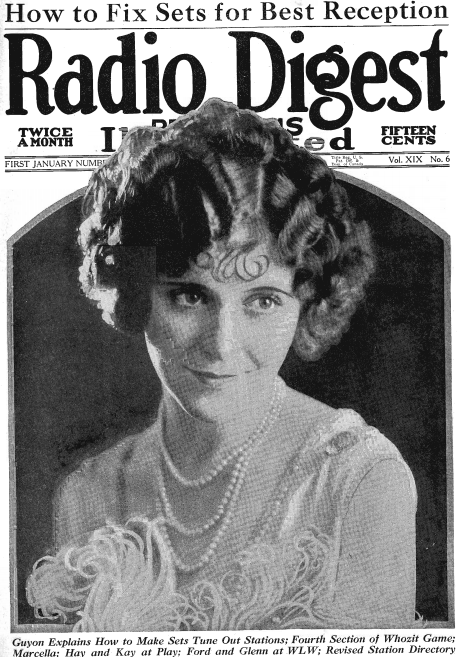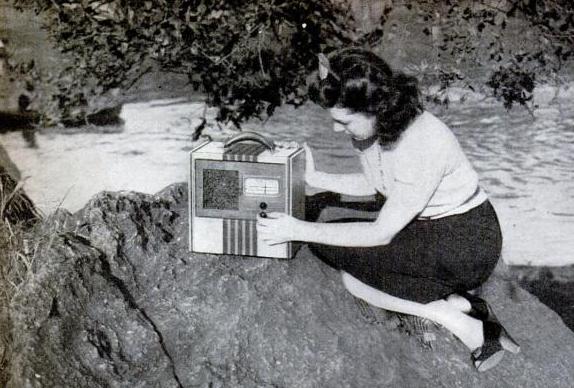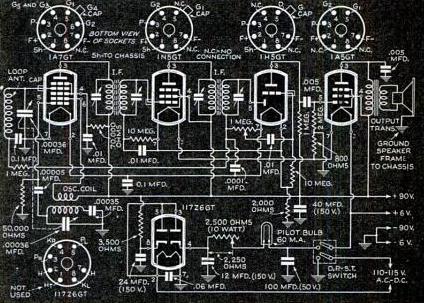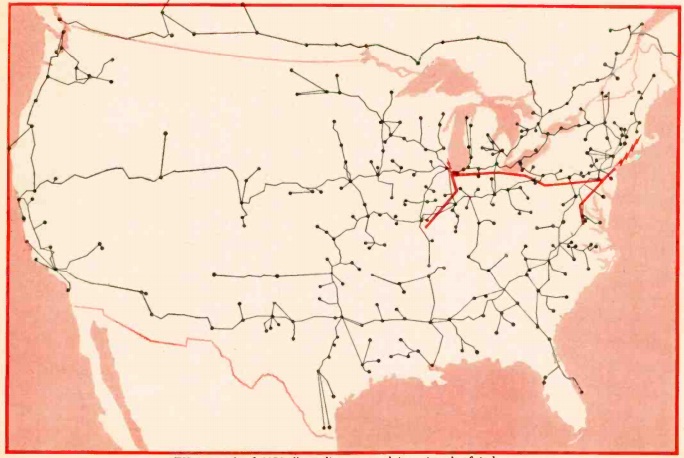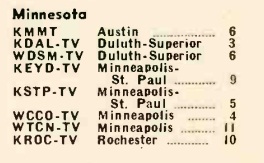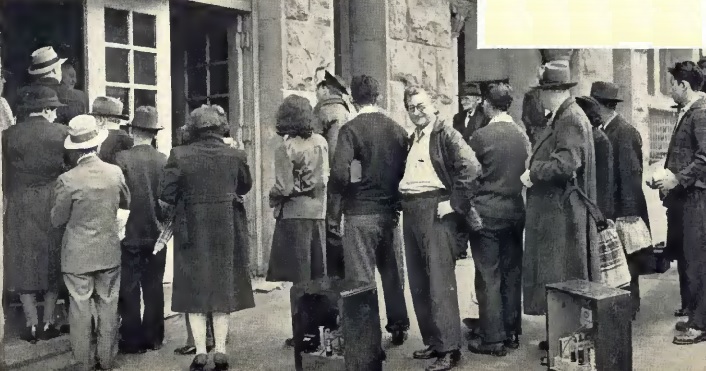
Shown here, in the January 1942 issue of Radio Retailing magazine, are resident aliens in Los Angeles lining up at a police station to turn in their cameras, guns, and radios capable of receiving short wave.
The magazine noted that Attorney General Francis Biddle had issued an order that enemy aliens, that is, citizens of Japan, Germany, and Italy, turn these items in to the nearest police station. An alternative would be to have receiver rendered incapable of receiving signals other than those in the standard broadcast band. Therefore, the order “seems to open the way for radio servicemen to render a useful service of eliminating shortwave reception from aliens’ sets–and get paid for it. In this way, the alien may keep his set for regular broadcast listening to U.S. stations, while the police authorities are spared the storage of hundereds of radio sets which they are poorly equipped to handle. And the radio man collects $1 to $2 per radio set altered.
Typically, the modification consisted of removing the shortwave coils, and providing the set’s owner with an affidavit documenting the modification.
75 years ago today, the Chicago Tribune, January 6, 1942, carried an article regarding the status of the order. It reported that local officials found the response so far to be unsatisfactory, since fewer than 2550 cameras, guns, and radios had been surrendered as of the previous night, despite an alien enemy population of more than 50,000 (28,000 Germans, 21,000 Italians, and 250 Japanese).
The Chicago police reported that the items surrendered included several antiques, including an 1878 breach loader. One man was reported to have “embarrassedly handing over a sawed off shotgun, possession of which had been taboo in Chicago ever since the prohibition gang war era. He said that he inherited the weapon from his father.”
One man, not bothering to wait for a receipt, simply drove up to the police station, hurried a radio from his car, and drove away. Another motorist tossed a $100 radio from his car and drove off.
The paper also reported a supplemental order from the Attorney General listing the following prohibited items:
Weapons or implements of war or component parts thereof; ammunition of all kinds; bombs; explosives or material used in the manufacture of explosives; signal devices; codes or ciphers: papers, documents, or books In which there may be invisible writing; photographs, sketches, pictures, drawings, maps, or graphical representation of any military or naval installations or equipment of any army, ammunitions, implements of. device or thing used or intended to be used in the combat equipment of the land or naval forces of the United States or of any military or naval post, camp, or station.
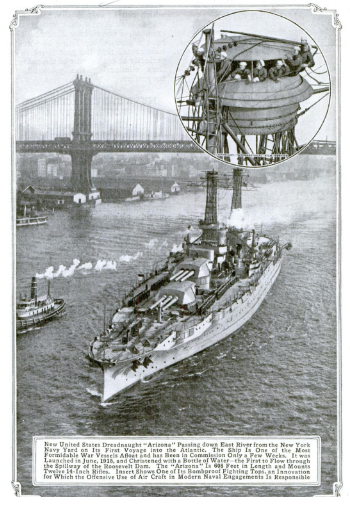 Shown here in Popular Mechanics, January 1917, is the recently launched USS Arizona passing down the East River from the New York Navy Yard on her first voyage into the Atlantic. The ship had been launched in June 1915 and christened with a bottle of water taken from the first to flow through the spillway of the Roosevelt Dam.
Shown here in Popular Mechanics, January 1917, is the recently launched USS Arizona passing down the East River from the New York Navy Yard on her first voyage into the Atlantic. The ship had been launched in June 1915 and christened with a bottle of water taken from the first to flow through the spillway of the Roosevelt Dam.